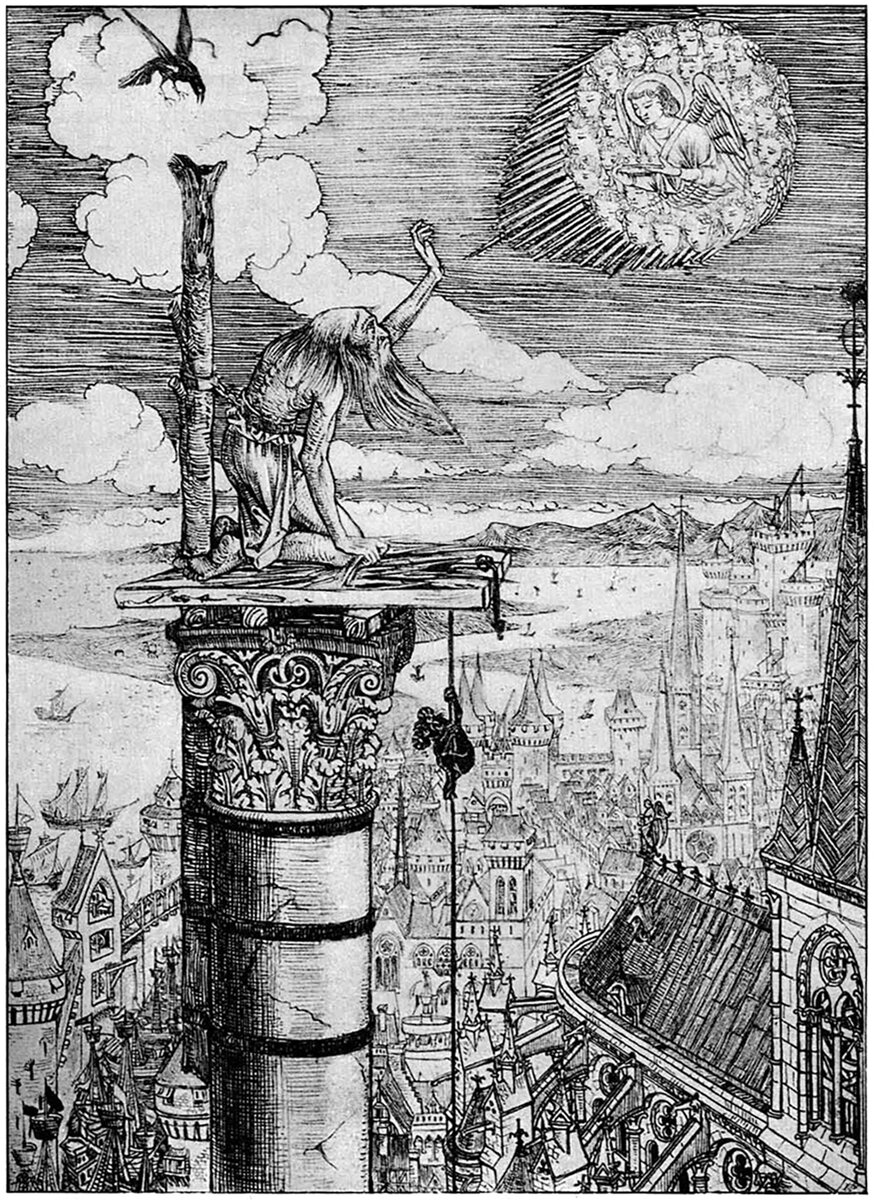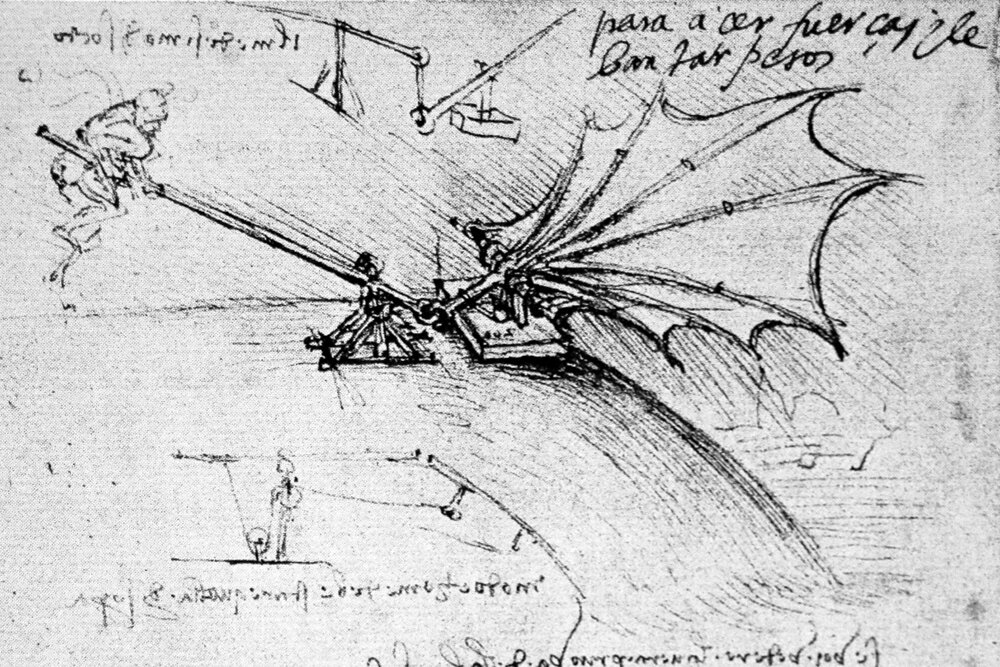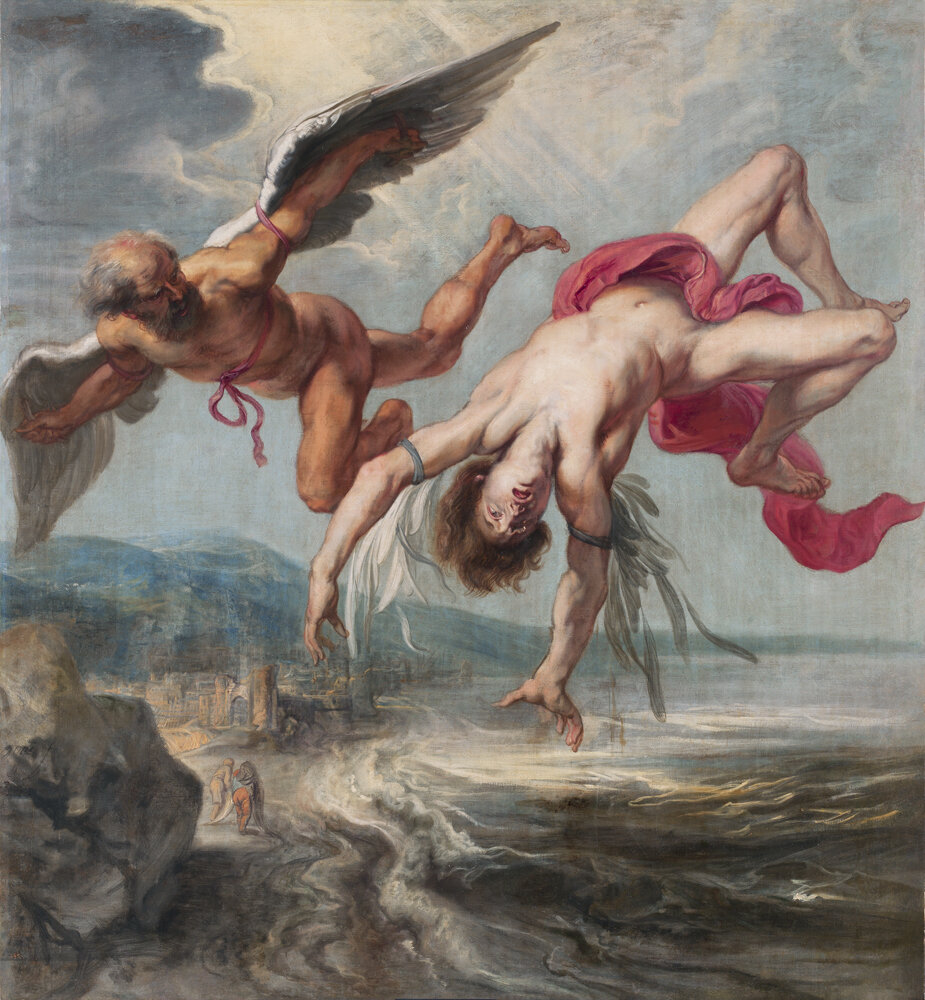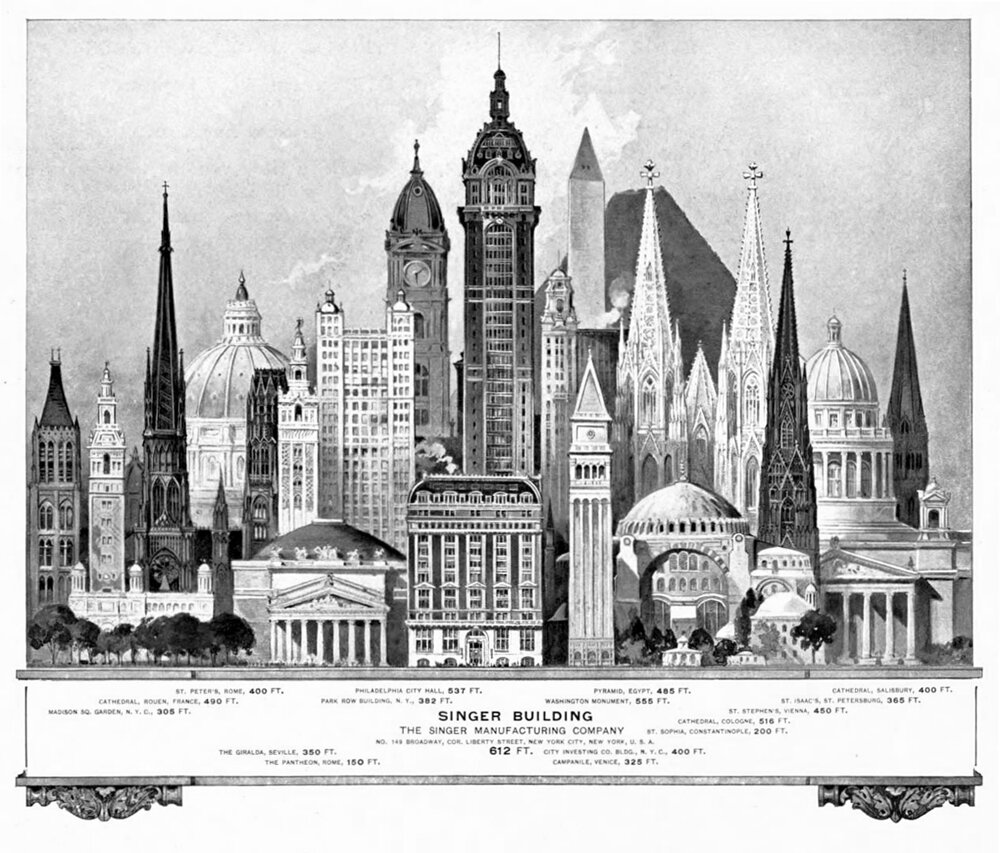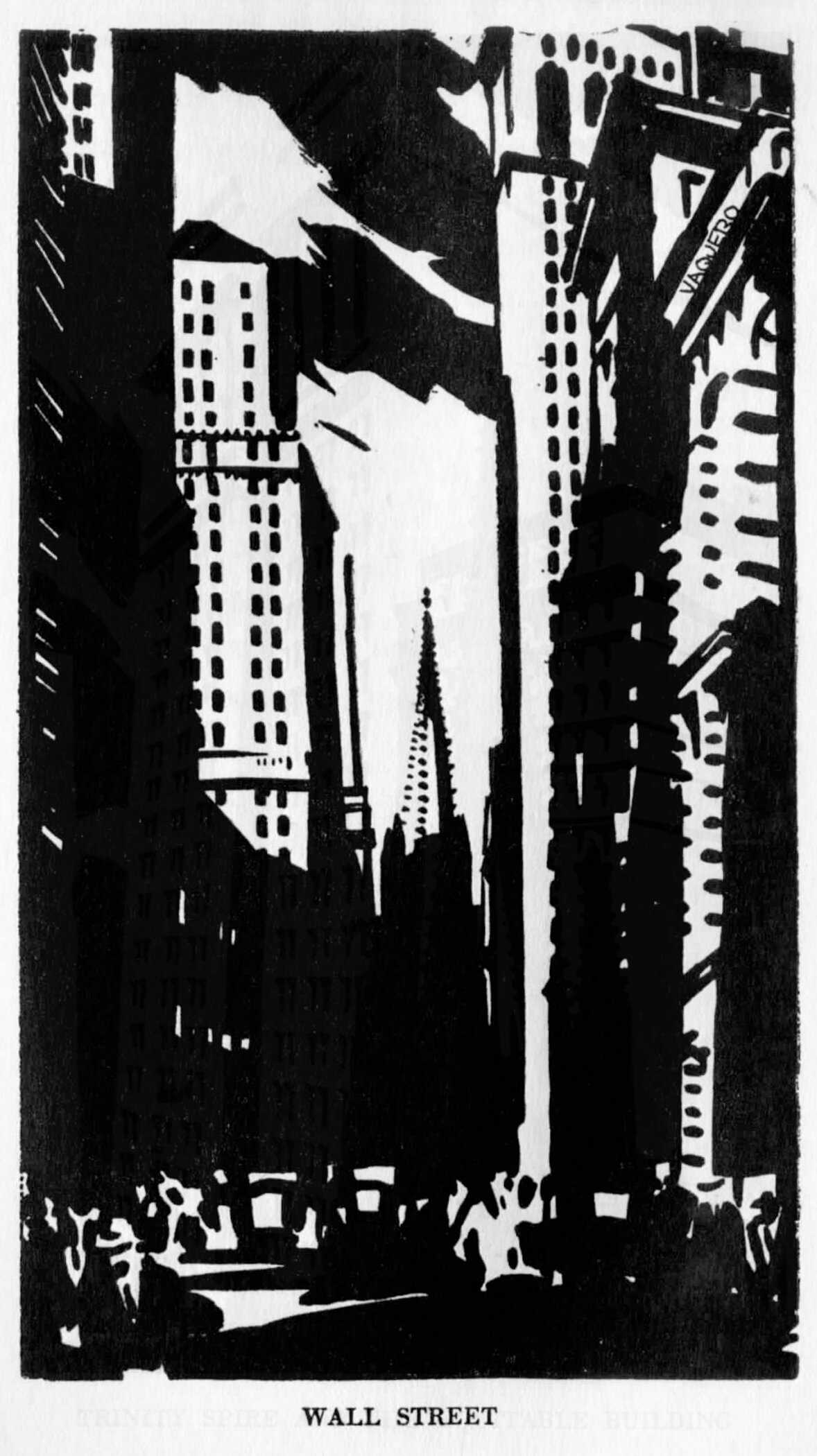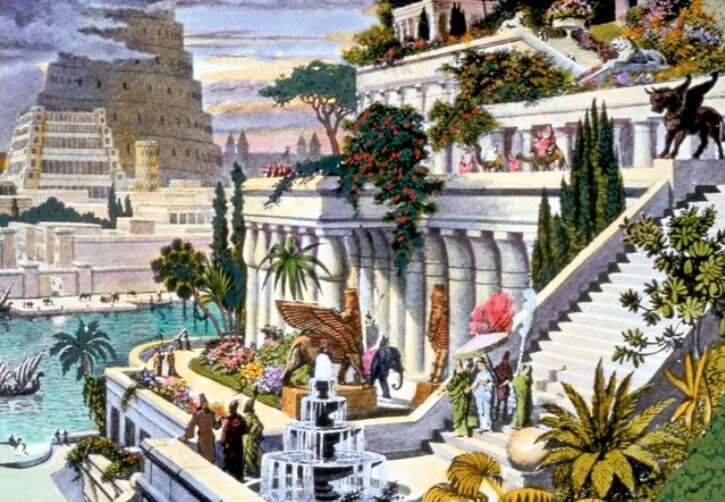Welcome to On Verticality. This blog explores the innate human need to escape the surface of the earth, and our struggles to do so throughout history. If you’re new here, a good place to start is the Theory of Verticality section or the Introduction to Verticality. If you want to receive updates on what’s new with the blog, you can use the Subscribe page to sign up. Thanks for visiting!
Click to filter posts by the three main subjects for the blog : Architecture, Flight and Mountains.
Stylites and the Power of Will
In all my studies on the human need for Verticality, I have yet to come across anything as extreme as the Byzantine stylites. A stylite is a Christian ascetic who chooses to live atop a pillar or column, in an attempt to achieve spiritual salvation. They do this by way of Verticality, by climbing up and away from the surface in order to get closer to the sky, or in this case, God.
Leonardo da Vinci and Human Flight
Leonardo da Vinci is one of the most influential and prolific thinkers in human history. He is most famous for his paintings, but the man was a true polymath, and he studied and thought about myriad subjects. There is an obsessive curiosity that surrounds his oeuvre, and there doesn’t seem to be a limit to what he would explore. For our purposes here, we’ll focus on his quest for human flight, which he pursued from the late 1480’s to the mid 1490’s.
Liftoff and the Freedom of Flight
Flight has captivated humanity since pre-history. The space above our heads represents freedom, and flying through it represents an escape from our surface-based lives. To fly is to break free of the shackles of a surface-based existence and achieve a higher level of being.
Height Lineups and the Abstraction of Verticality
Height lineups like this serve to illustrate how important Verticality is to the perception of our tall buildings, and studying this example got me intrigued about the nature of drawings like this. After some digging, I found many more examples of height lineups throughout the past two centuries, and there are curious commonalities throughout all of them. For starters, they are just beautiful drawings to study. On a deeper level, they provide us with a window into the perceived importance of buildings during a given time in history.
Superheroes and Skyscrapers
It’s a common shot in superhero movies for the titular character to be shown on top of a building, looking out over the landscape and the city below. I first took notice of this trope on a recent flight while watching Venom (2018), and I began pondering just how common this shot is.
Trinity Church and The Contemporary Dwarfing of Historic Structures
Height in the built environment is relative. A tall building at the center of a major city today is quite a different idea than a tall building was a hundred years ago. As a city grows, taller buildings will get built throughout time, and the meaning of tall gets taller with them. Buildings once considered tall get overshadowed by more contemporary structures.
Terracing and the Green Machine
Making meaningful green spaces in high places
Two things that every human being needs are to escape the surface of the earth through Verticality, and to be around plants and vegetation. Ever since the beginnings of permanent shelter and architecture, humans have been attempting to escape the surface by creating and inhabiting high places. We’ve also been repeatedly trying to recreate the experience of the surface by linking these spaces with greenery.

